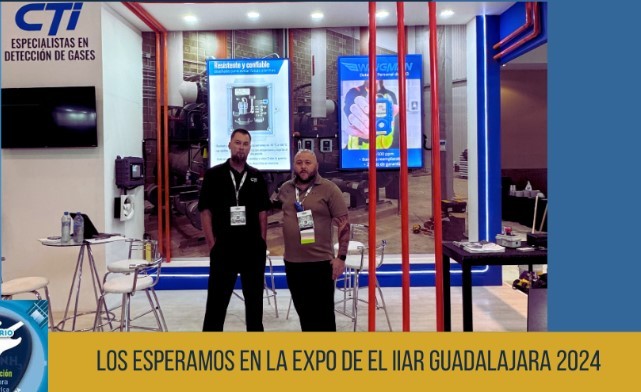EPA Newsletter Issues RMP Deadlines Reminder
According to a reminder notification released by the Environmental Protection Agency in an EPA newsletter, P2/P3 RMP facilities need to conduct a notification drill by the end of this year. “Responding P2/P3 facilities need to conduct your first tabletop exercise by the end of 2026. In conducting these tasks, you should be working with your local emergency planning committees (LEPCs)-do you know who your LEPC is? Has your facility been working and meeting with your LEPC? This is the perfect time to start and be a partner with emergency management in your community,” the EPA said in the reminder.
Read More

















